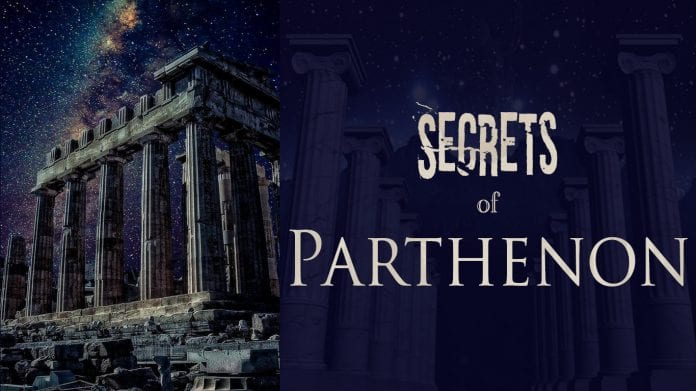One of the most recognizable buildings all over the world and of the most ancient ones, counting more than 2500 years of age. Parthenon has gone through a lot: earthquakes, fires, bombings, lootings, abandonment!
Parthenon yet stands still to remind us that as much as we try today equipped with the cutting edge technology to make something monumental, nothing can compare with the capabilities of the human mind!
Ancient Athens, Greece, 5th century B.C. Leader of the city was Pericles, this brilliant, visionary politician who had a life purpose to make Athens a city-model for Civilization, economy, system of government and education. The looks of the city had to reflect this idea, so he organizes a masterplan in erection of monuments. Peak of this plan, Parthenon, the Temple of the Patron and Guardian of the city, the Goddess Athena.
With Architects Iktinos and Kallikratis and sculpture the infamous Phidias, he starts at 447 b.C the erection of the temple and the manage to complete the procedure in just 9 years(!), in 438 b.C. Built exclusively by marble, this Doric Temple with Ionian touches, still stands proudly on the same ground, making Parthenon a symbol of classic Greece for Ages! There are many who admire the marvelous monument and they wonder about the skills of the Ancient Greeks. How did they manage to build such a monument at this age, with so primitive means? As the architect Manolis Korres says “even today, with our cutting edge technology, would be impossible to build Parthenon in just 9 years, cause that’s how long Ancient Greeks took them to build Parthenon!”. Needless to say that the restoration works of the monument last more than 30 years!
Even if it looks like a solid stone building, Parthenon is consisted by more than 70000 separate parts, each of it has a certain special place in the monument. So if the archeologist have in their hand a capital and want to place it on the right position, they have to find out to which of the 46 columns really belongs. There has to be a reason for this significant uniqueness of all those parts! The phrase that characterizes Parthenon is “the is no such thing as a straight line”! Everything is a curve! The magnificent Columns show an upward decrease, which means that for their base to the top they keep thinning progressively. The stylobate, the walls, the architraves and every other surface are also curved and angled inward! To be managed all this off course, ancient Greeks had to use high leveled mathematics, geometry and architecture and yes, Ancient Greed DID possess this knowledge.
Important Note
Did you know that there is a plant which grows ONLY on the sacred rock of Acropolis in Athens? The name of the plant is MICROMERIA ACROPOLITANA.
Ancient Greeks also possessed the knowledge of architectural Perspective. This illusion which is created in the human brain through our vision, that translates everything distanced to a smaller in size object. Thus, they knew that building the Perfect Monument, required to “trick” the eye, something that they achieved with the curves and the fluctuation in volume.
Important Note
Do you know that no bird flies over the Parthenon? This magical phenomenon may have to do with strong magnetic fields which subject to extensive research nowadays!

As a result of the construction method is not just the Optical Harmony which makes the Parthenon look remarkably larger than its actual size, without weighting the space. It”s is also the anti-seismic (anti-earthquake) structure, which led even the Japanese scientists to study Parthenon”s construction method, so that the can find “secret of the best craftsmanship to withstand earthquakes”.(Toshikazu Hanazato, professor of engineering at Japan”s Mie University and expert in post-quake reconstruction). Parthenon confirms with even just standing there, the high leveled knowledge and wisdom of the ancient Greeks. Nothing can compete with this architectural achievement. It doesn’t matter if this makes modern civilization uncomfortable just watching this monument… Yes! 2500 years ago, they knew what we know. Let”s face it!

